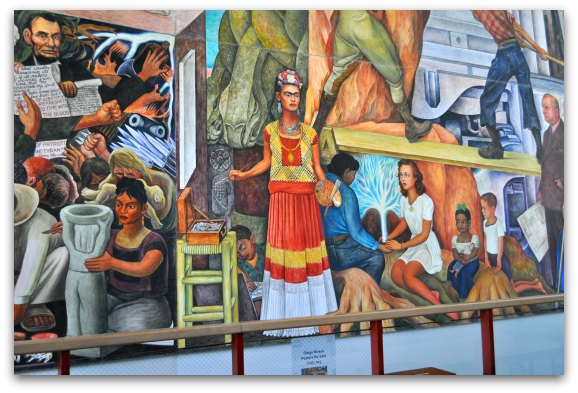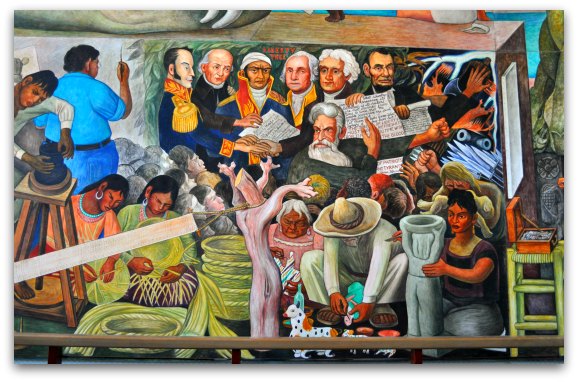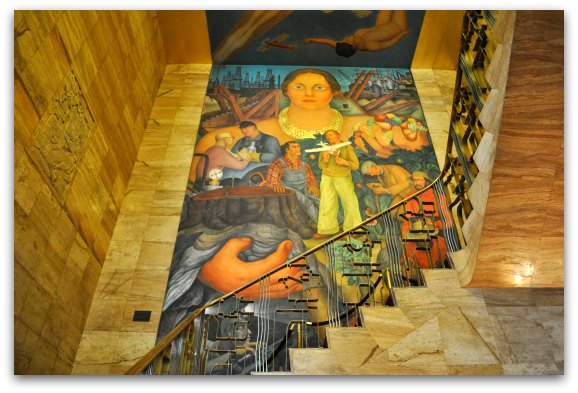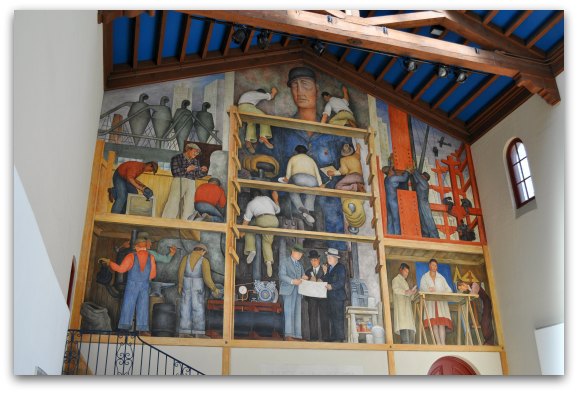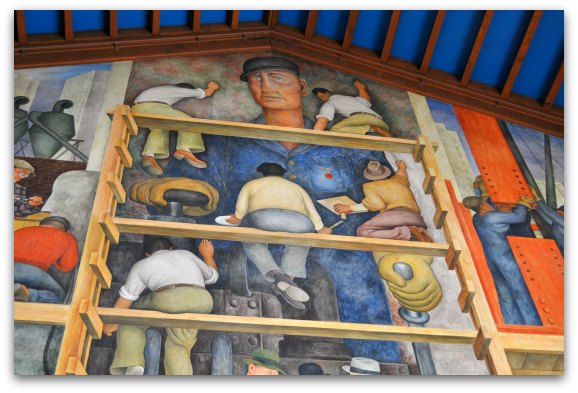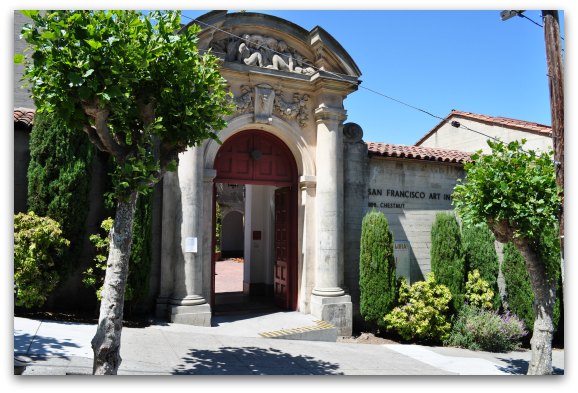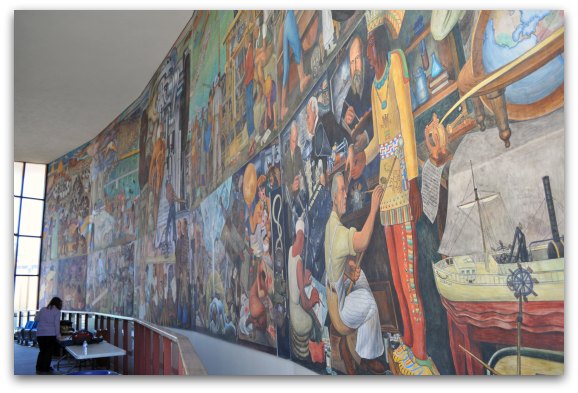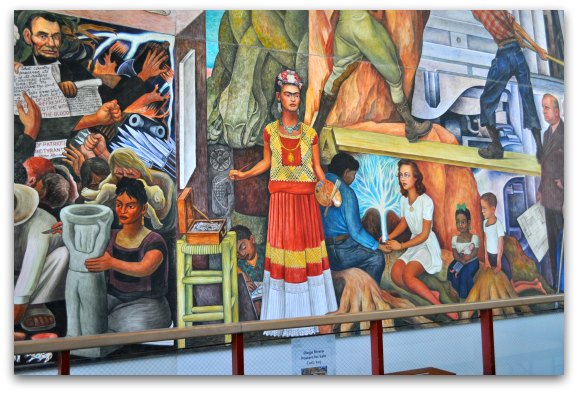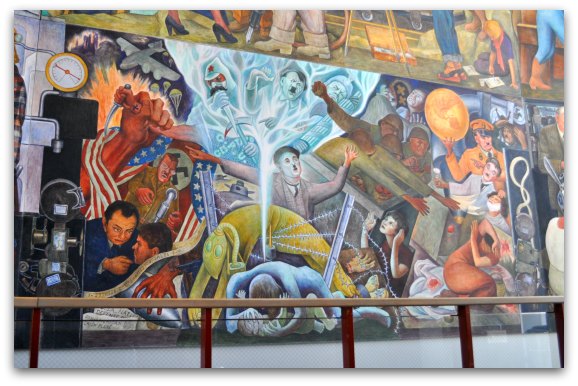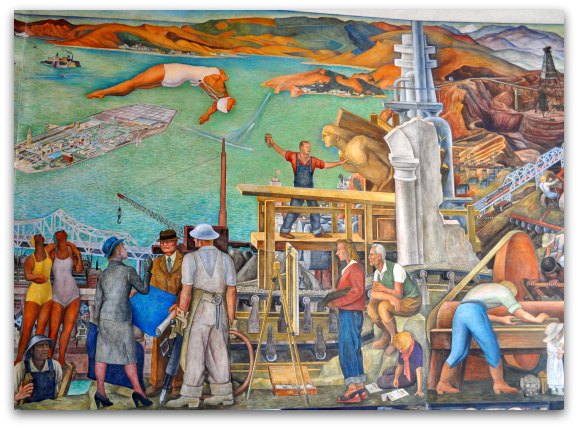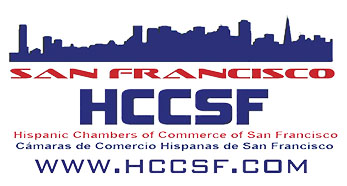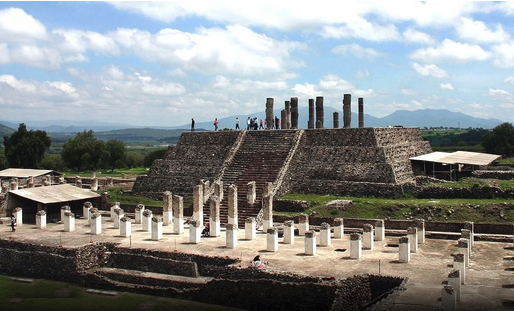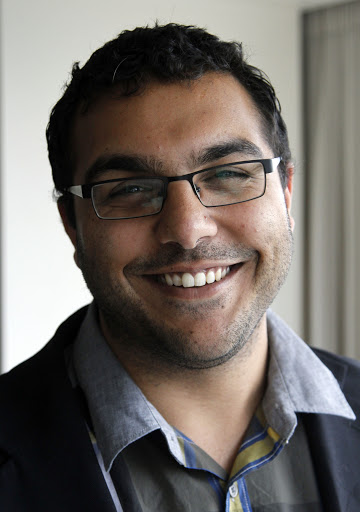Members of the Republican Party in California share their views on why they believe they offer the best representation for ethnic Americans
by Jenny Manrique
In an overwhelmed blue state where according to the California Public Policy Institute, the majority of African American, Latino and AAPI voters are Democrats, Republicans flipped four districts in the last congressional election with minority candidates.
According to the new faces, their agendas seek to “raise the conservative voices” of minorities, and find “bipartisan consensus” to legislate.
“The Republican Party for me, is not the great old party, but the great opportunity party,” said Young Kim, US representative to the CA 39th District, which includes Los Angeles, San Bernardino and Orange County, one of the most diverse districts in the country where Joe Biden won by 10 points.
“Asian Americans should not automatically be considered as members of the Democratic Party. We have our voices, we have our shared values, we have our conservative views.”
Kim is an immigrant from South Korea, mother of 4 children, and one of four Korean-Americans who were sworn into the 117th Congress. She is also one of 11 Republican women who flipped a Democratic seat in the last election, and who was recently ranked as the most bipartisan freshmen in Congress.
One of her bills approved with Democratic support was the Paycheck Protection Program Extension Act that gives small business owners two more months to access unspent funds from that program, in order to keep their doors open and their employees on payroll. “That small extension allows 2.7 million small businesses to receive $54 billion,” she said.
She also supports legislation that provides a permanent solution to DACA recipients and to foreign students who get their education at US universities, but cannot adjust their status to stay in the country. “As we talk about immigration reform, I would like to see separate legislation to fix DACA,” she said.
While she supports Biden’s $ 1.2 billion bipartisan infrastructure bill, she disagrees that the $1.9 trillion budget to deal with COVID-19 is redirected to other purposes, “such as caring for migrants who are in the community”.
“As we recover from the COVID-19 pandemic, the work of Congress will play a large role in dictating our future,” Kim said. “And by getting the government out of the way and making life more affordable for workers and families, we can get our economy and our lives back on track.”
Daughter of farm workers
Suzette Martínez Valladares, who represents District 38 in the California State Assembly, which encompasses the northwestern suburbs of Los Angeles, Ventura County, the Santa Clarita Valley and Simi Valley, is also faithful to her party’s fiscal conservatism.
Martínez is the only Latina Republican in the assembly. She says that Governor Gavin Newsom’s policies “are crushing the middle class” and that the handling “of the lockdown and closures had little to no guidance” so that “our businesses are going at an alarmingly negligent pace”.
The Assemblywoman is co-sponsoring bill 420 which seeks to adjust state guidelines to allow amusement parks, regardless of size, to be opened safely. Her interest comes from her first work experience at Six Flags Magic Mountain where she started as a summer intern, to end up working 8 years later, as an asset protection and loss prevention investigator.
“There has been a clear mismanagement for so many industries that have been shuttered and closed for over a year… 1.2 million Californians have not accessed EDD (unemployment benefits), and the distribution of vaccines has been a debacle,” Martinez said, although official data showed that California has the highest percentage of vaccinations in the country.
Born in the northeast of the San Fernando Valley, her grandparents came from Mexico to work in the fields of Kern County. Every summer her father, who was born in Puerto Rico, would go to the central valley of California to pick crops with them.
“Throughout my life my parents taught me the value of hard work. My dad said that I didn’t have to be the smartest person in the room, but the hardest working person in the room.”
Martínez said that she experienced extreme poverty while in high school, and that she witnessed a lot of crime and drugs in her neighborhood. “I looked around me and all of my representatives were Democrats who were supposed to be the party that supported minorities and the poor. Why was I not seeing change in my own community? That forced me to look at the Republican Party,” she said.
Public safety
Walter Allen III, a Covina city council member for more than 20 years, said that although he did not consider himself a political person and was basically a “non-partisan person,” having worked with different law enforcement agencies inclined him to join the GOP, “for its platform on public safety.”
“One of the major concerns I have as a local elected official is exactly public safety … and it doesn’t make any difference whether you are Republican or Democrat, I am concerned about the notion of defunding the police,” said the African-American councilmember who is also the director of the Rio Hondo Police Academy.
Born in East Oakland, where he witnessed “high crime rates,” Allen believes that perceptions about the police stem from many people not paying attention to data. “It is victims, crime reports and issues that deal with crime that disproportionately send police into communities of color,” he said. “And for some reason, people think that police officers run around, making their point to target Blacks or Latinos, and that’s simply not the case.”
Allen condemned the murder of African American George Floyd at the hands of Officer Derek Chauvin as a “horrible thing”.
“I don’t know of any police officer that wasn’t sickened by that,” he said. But he quoted various figures according to which out of 1,000 people who were shot last year, about 235 were black and “most of those people were armed and dangerous.”
The council member said that in his academy, 80% of the officers he trains belong to minorities and that the training is focused on de-escalation techniques, how to deal with the mental health of the homeless population, and cultural diversity. “As a mandatory requirement they have to go to the Museum of Tolerance for a day of cultural diversity training,” he assured. “We train officers how to be guardians not warriors,” he added.
Allen believes that his party must constantly reach out to communities of color and not just during election season. “Unfortunately, a lot of Republicans are leaving the state. But I’m optimistic if we continue with the grassroots effort, we can gain some folks of color into the party,” he concluded.

